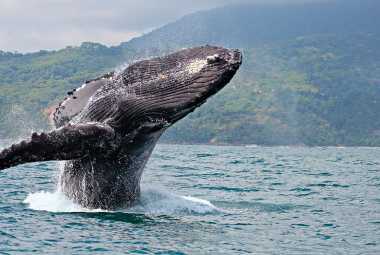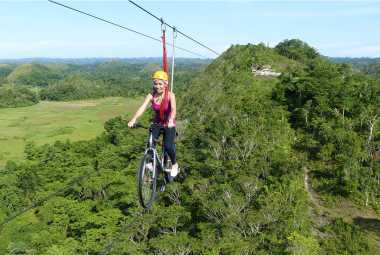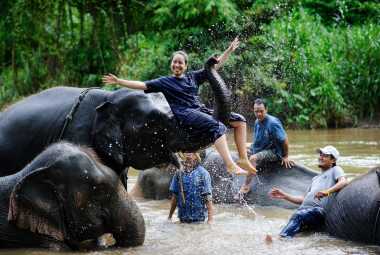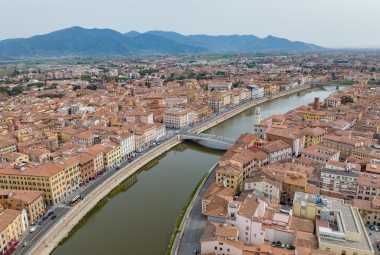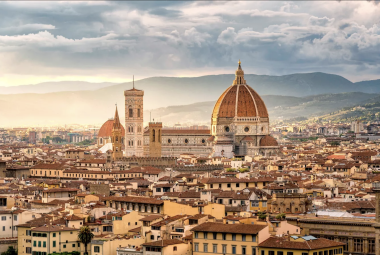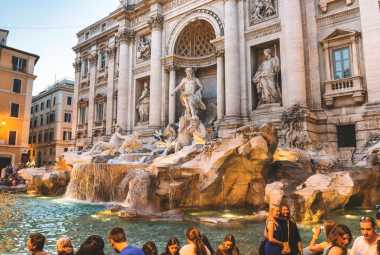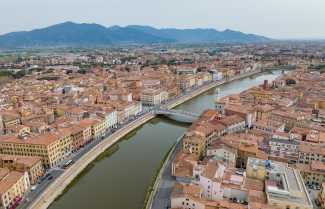Image by Simon Velazquez (lonelyplanet.com)
*Vacation Mode is a for-profit site. It contains paid banner advertisements that are generated and managed by a third-party network. This site also includes relevant affiliate links (both in the content and on the sidebar) all of which we do our best to clearly mark as such.
Mayans were the first people to call Belize home, but they were forced out of their homeland by Spanish colonists. Over 300 distinct racial and cultural groups call Belize home today, including Mestizos, Garifuna, Creoles, Maya, Chinese, and Europeans, to name just a few. The countries of Guatemala, Mexico, and Honduras are its neighbors to the north, west, and south, respectively. Belize may be found in Central America.
To the north of Belize is where you'll find the Caribbean Sea, to the south you'll find Ambergris Caye, to the east you'll find Corozal Bay, and to the west you'll find the Atlantic Ocean. The total land area of the nation is close to 1,300 square miles, and there are slightly about 330,000 people living there.
Because of its stunning beaches, abundant wildlife, and diverse cultural offerings, Belize is a very popular tourist destination. The country is home to a number of national parks, the most notable of which is Glover's Reef Marine Reserve, Stann Creek National Park, and the Toledo District Rainforest Reserve.
In Belize, English and Spanish are the two primary languages spoken by the population. Although the majority of citizens are fluent in both languages, some individuals still favor communicating solely in their mother tongue.
There are three distinct regions in Belize: the North Central, the South East, and the Western region. Each of the regions is governed independently, and each area has its own capital city. Belize City, Belmopan, San Ignacio, Dangriga, and Placencia are the country's six most populous municipalities, followed by Punta Gorda and Placencia.
Belize is well-known for its extensive past and diverse culture. The country attracts a large number of tourists every year who come to investigate historical ruins, get knowledge about native peoples, and take in the region's breathtaking scenery.

The Yucatan Peninsula, Belize, Costa Rica, Nicaragua, Panama, Colombia, Ecuador, Peru, Bolivia, Paraguay, Argentina, Uruguay, Brazil, Venezuela, Guyana, Suriname, French Guiana, Trinidad and Tobago, and Jamaica are all connected by the Mesoamerican Biological Corridor. This corridor connects the Yucatan Peninsula, Belize, Costa Rica, Nicaragua, Panama, and Colombia.
Belize is home to a wide variety of endangered animals and plants, such as jaguars, ocelots, pumas, tapirs, spider monkeys, crocodiles, sea turtles, manatees, flamingos, and hundreds of different species of birds.
Belize is home to the world's second biggest barrier reef system, which consists of coral reefs, seagrass meadows, and mangrove forests. This ecosystem may be found in the Caribbean Sea. These ecosystems provide as a home to a wide variety of marine life, including whales, dolphins, sharks, rays, and manta rays, as well as various fish and ray-finned species.
Belize is widely regarded as a paradisiacal location in the tropics. It is known for having pleasant temperatures throughout the year, clear skies, and plenty of rainfall especially in the jungle. During the summer months, the average temperature is a comfortable 75 degrees Fahrenheit, while during the winter months, the average temperature is a comfortable 68 degrees Fahrenheit.
The months of June through November are considered to be the wetter months, whereas the months of December through May are considered to be the drier months. During the months with the maximum precipitation, it rains virtually every day. However, the amount of precipitation that falls on any given day is highly dependent on your location. For instance, although the south coast often receives between 20 and 30 inches of rain on a yearly basis, the northern shore typically receives less than 10 inches.
Hurricanes are a common hazard in Belize because of the country's location within the hurricane belt. Hurricanes are a frequent occurrence in Belize, particularly during the late fall and early spring months. Late August marks the beginning of hurricane season, which normally lasts until early April.
The climate, topography, and ecology of Belize are all noted for their uniqueness. Because of its proximity to the equator, the climate there is warm throughout the entire year. Additionally, Belize has four distinct seasons, including the dry season, the rainy season, the cool season, and the hot season.
When it comes to tourism, the types of visitors who come to Belize most frequently are backpackers and passengers on cruise ships. Travel by plane or sea is the most common mode of arrival for guests. The Barrier Reef, the Lamanai Ruins, Monkey River Falls, and the Belize Zoo are among the most popular places to visit in Belize.

When compared to the other countries in Central America, Belize comes in first place for overall quality of life. According to the World Economic Forum, Belize has the best health care system, educational system, infrastructure, level of economic freedom, level of political and civil liberties, business environment, and ease of conducting business.
Belize has consistently ranked among the most secure countries in the world. The rate of violent crime is quite low in comparison to that of other Latin American nations. Property crimes are uncommon, and reports of violent crimes committed against tourists are virtually unheard of.
The United Nations has designated Belize as a developing nation. Its per capita income of $3,200 USD places it at number 50 on the list of 187 countries throughout the world in terms of overall income.
Only Belize, which is located in Central America, does not have any landmines on its territory. As of the year 2012, Belize does not have any operational armed forces.
Belize is an autonomous sovereign state in Central America. After more than 400 years of British domination, it attained its independence from Great Britain in the year 1981.
While English and Spanish are both recognized as official languages in Belize, Spanish is the language used in government, business, and law enforcement. The language of instruction in schools and universities is English.
The United Nations, the Organization of American States, the Common Market for Eastern and Southern Africa, the Association of Southeast Asian Nations, the Community of Latin American and Caribbean States, the Organization Internationale de la Francophonie, the Organization of Ibero-American States, and the Non-Aligned Movement are all organizations that Belize is currently a member of.


